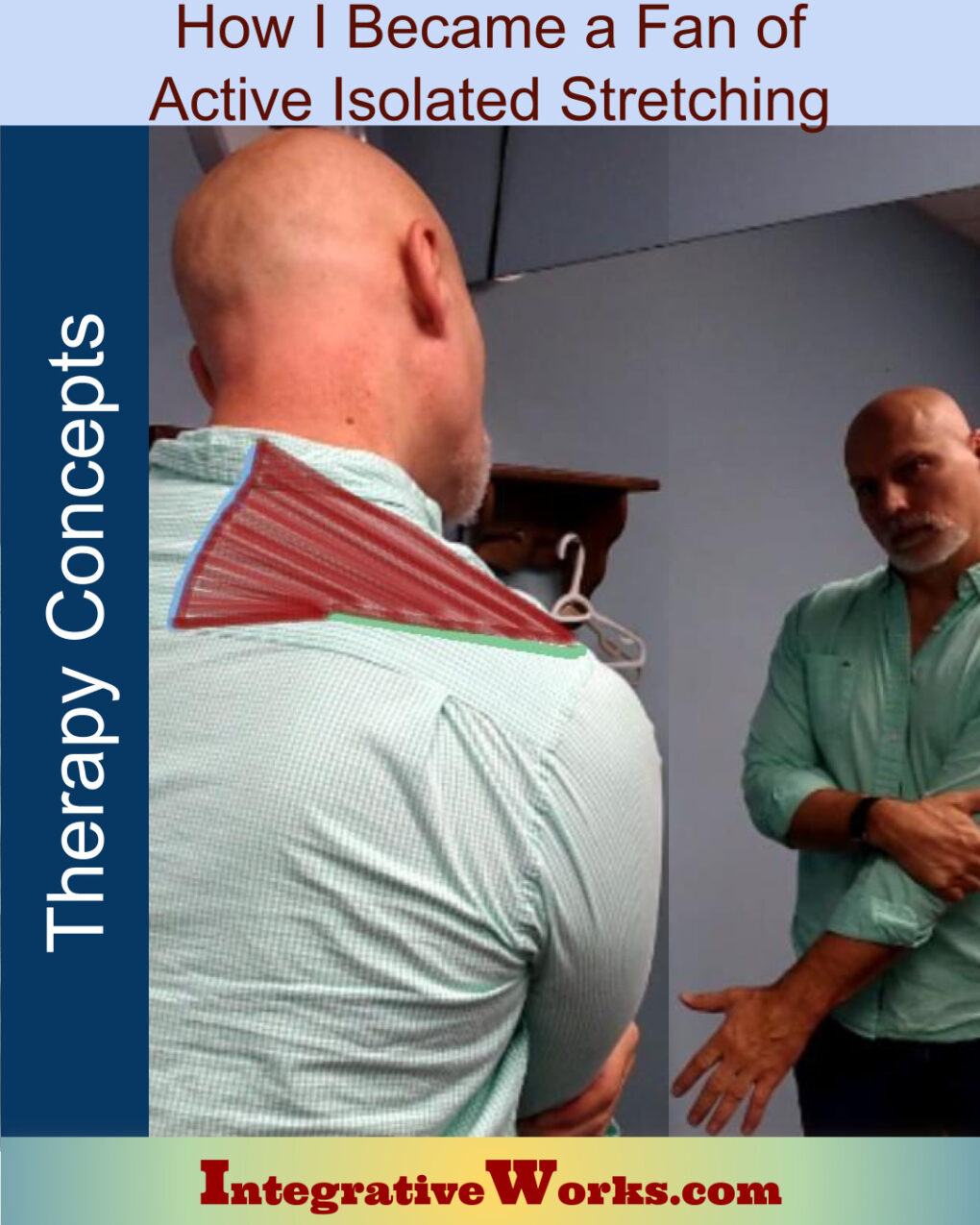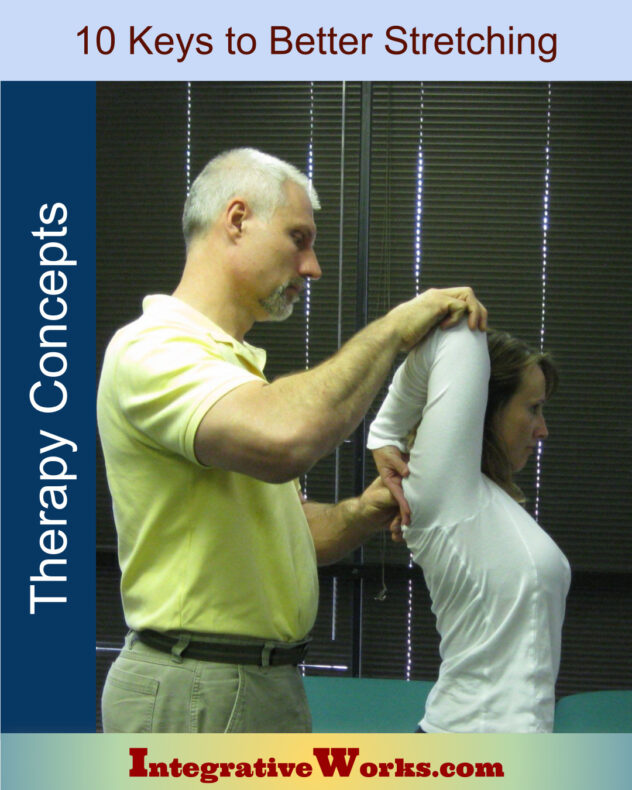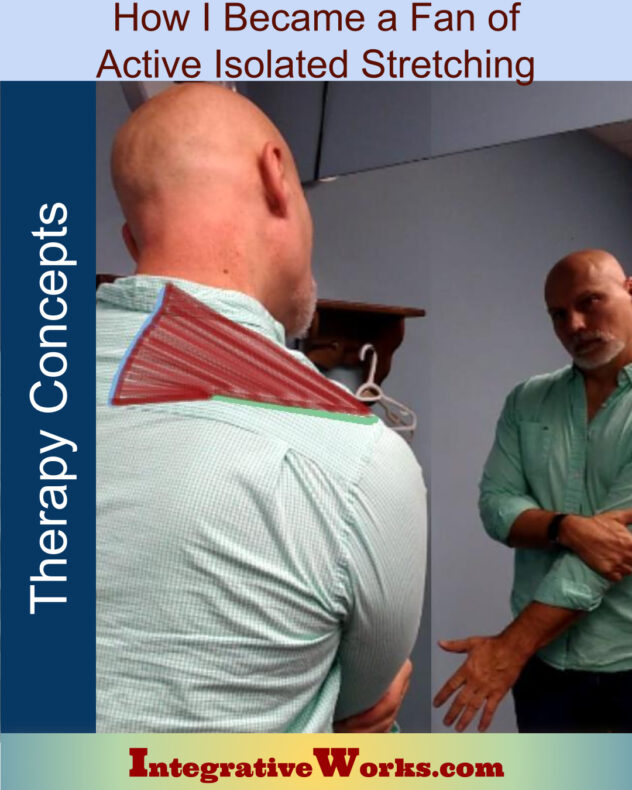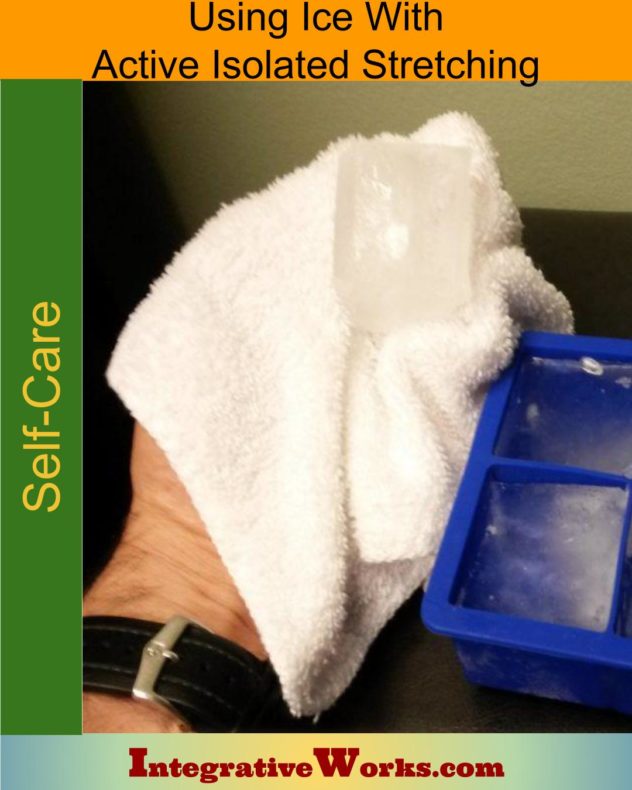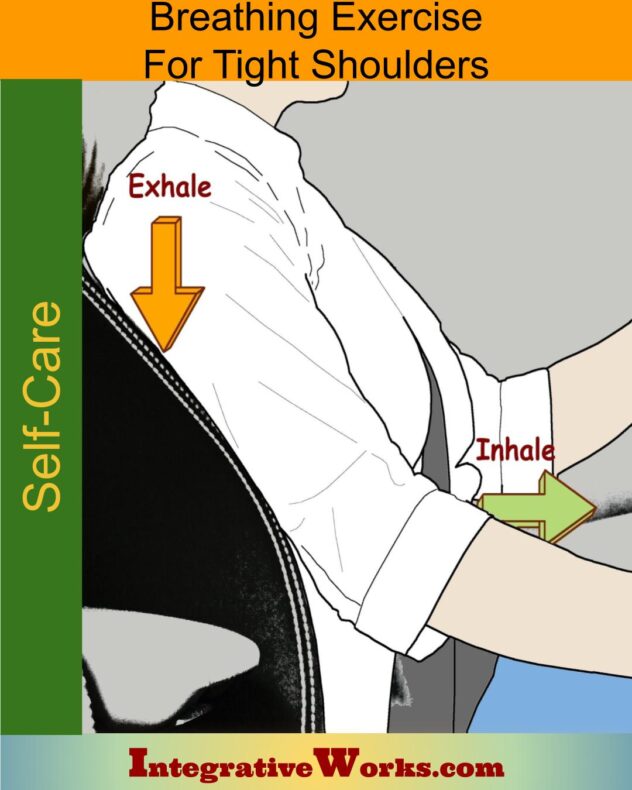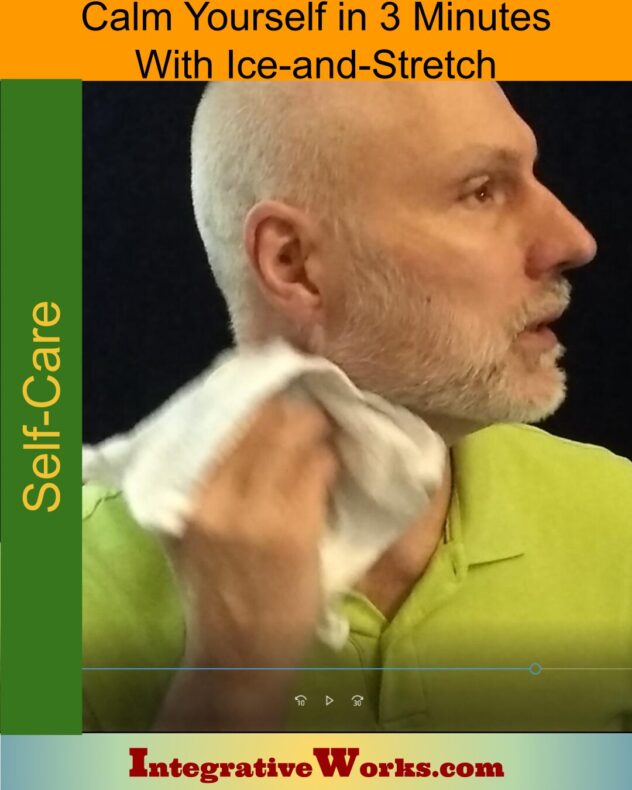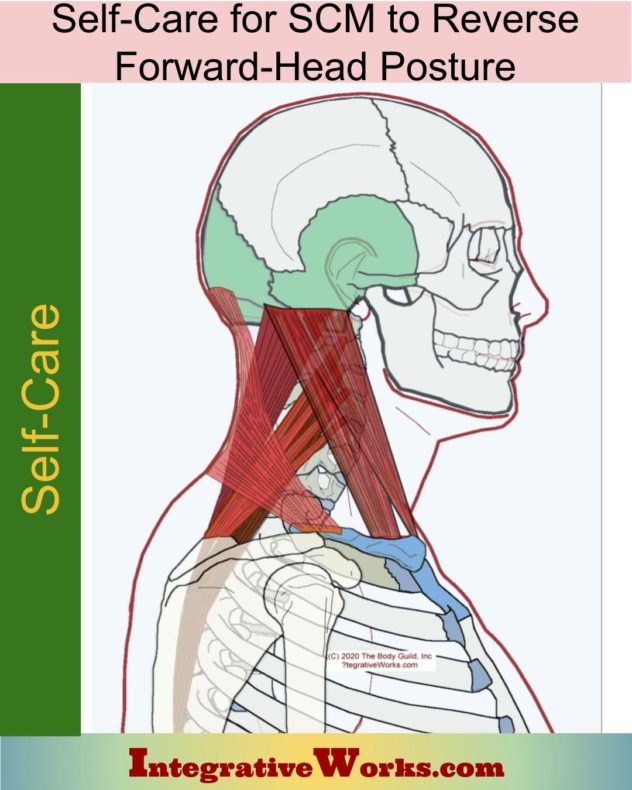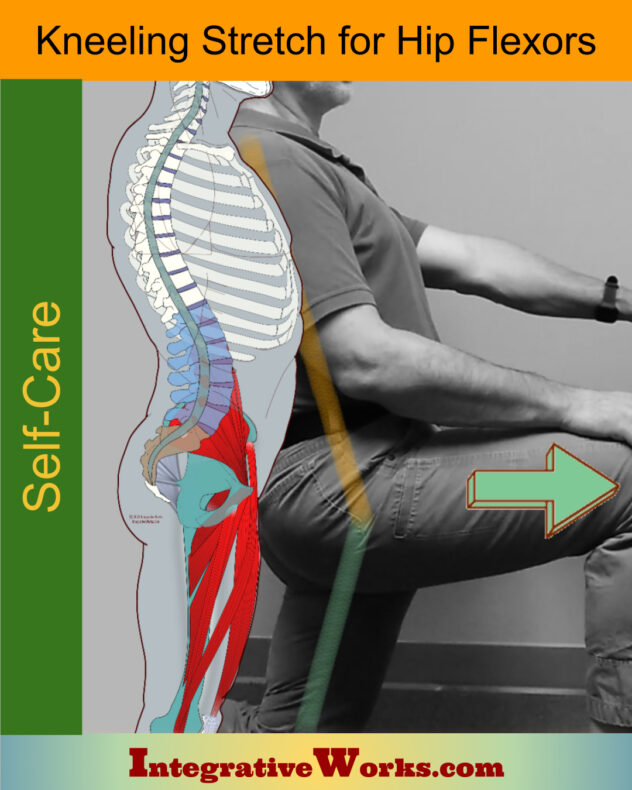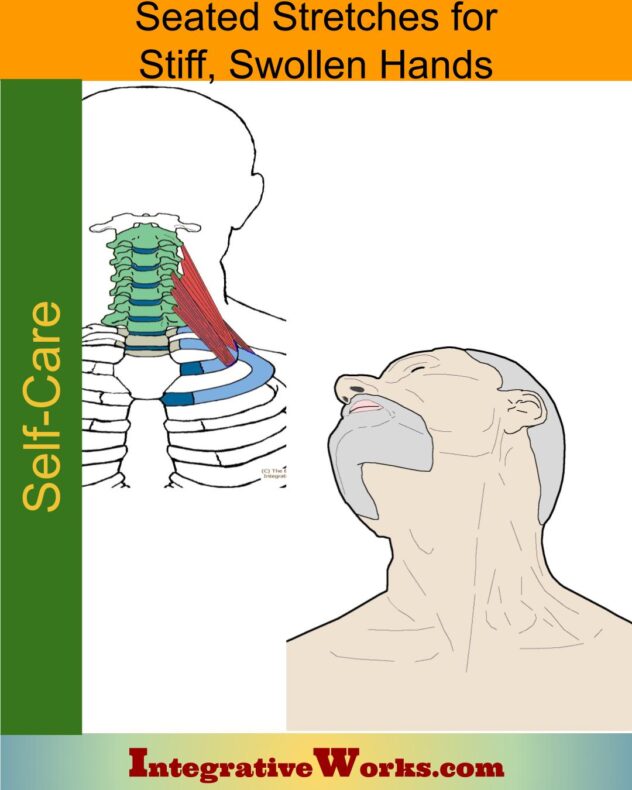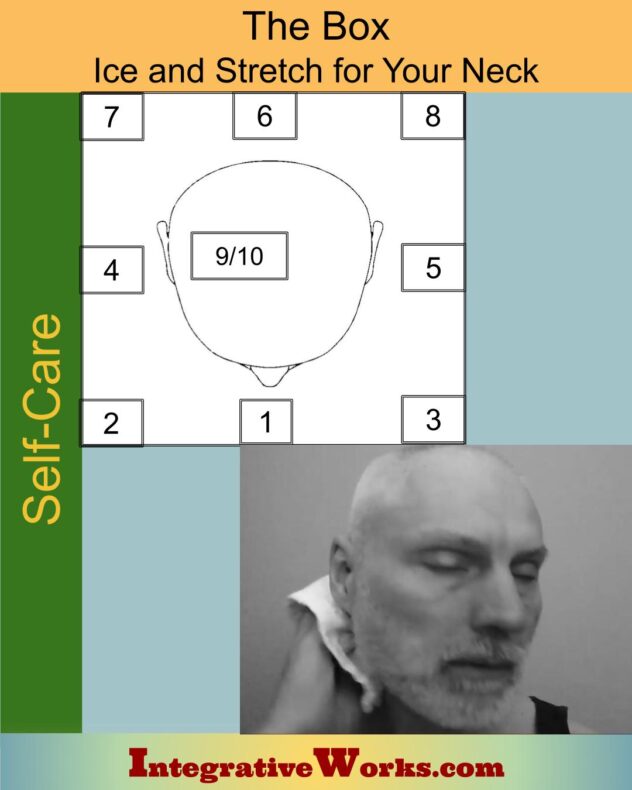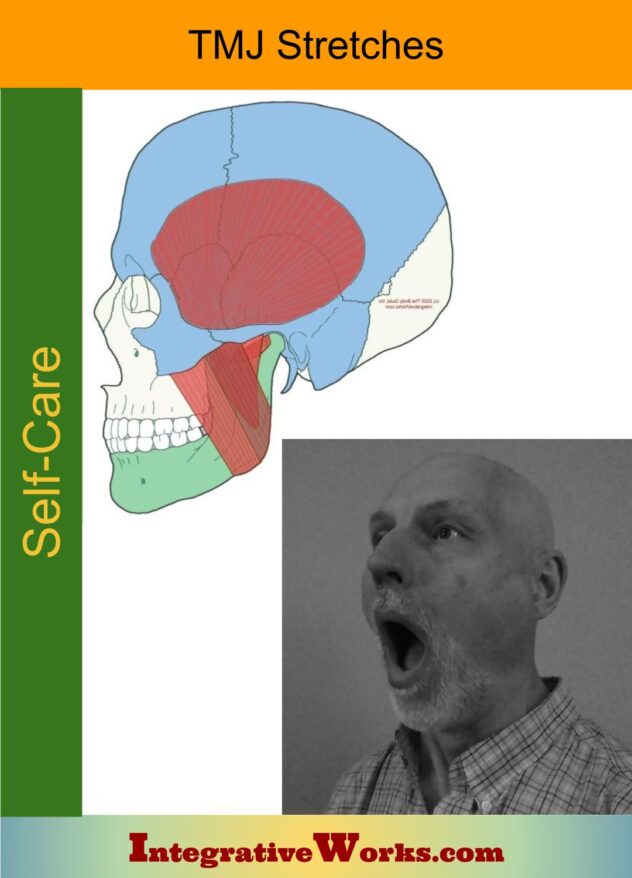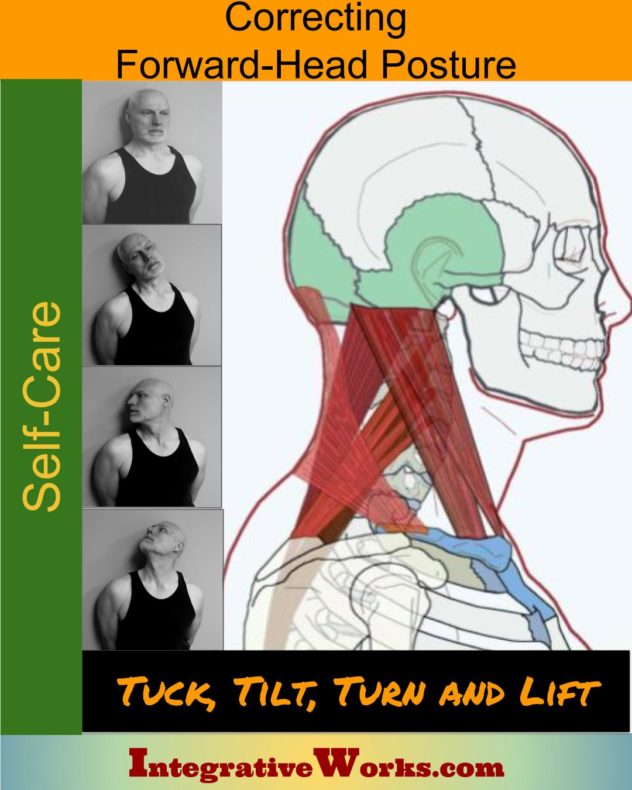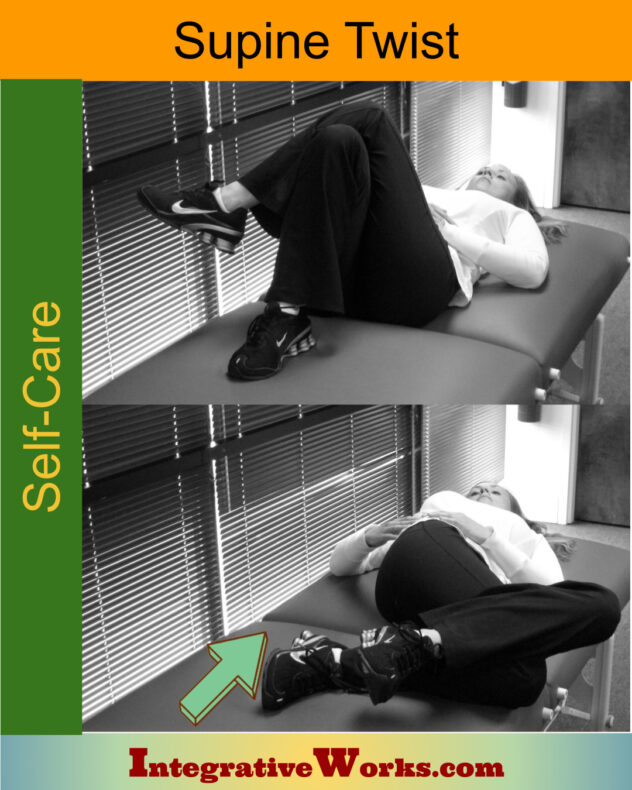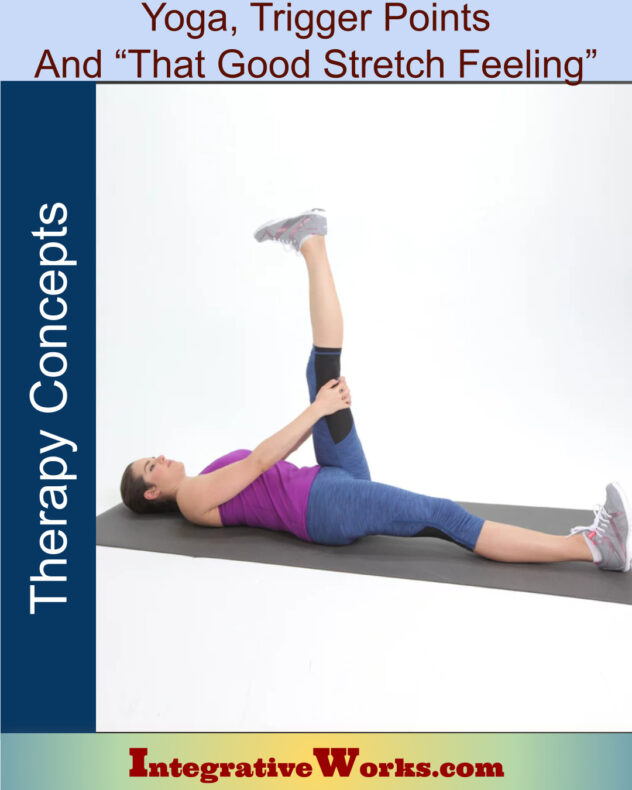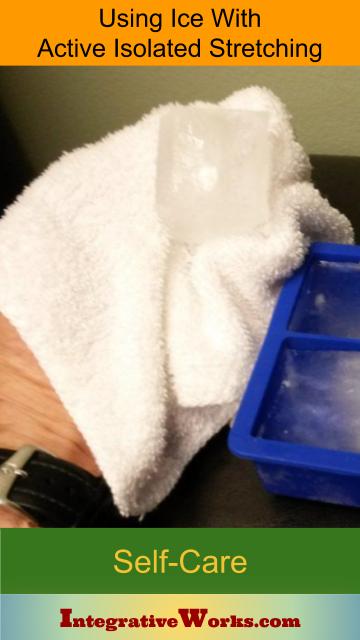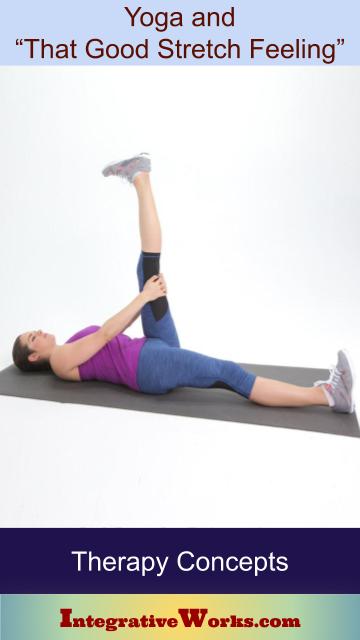In the mid-90s, I had a client. He came to my practice for a completely different reason. However, he bugged me until I learned a great lesson. This is how I became a fan of Active Isolated Stretching.
Let’s call him Rastus. I used craniostructural techniques to, at first, deal with his headaches. Then, unexpectedly, they made significant differences in his demeanor. Rastus was in his early 40s and pretty aggressive. But, surprisingly, the cranial work made him quite agreeable. Enough so that his wife paid for him to get weekly sessions.
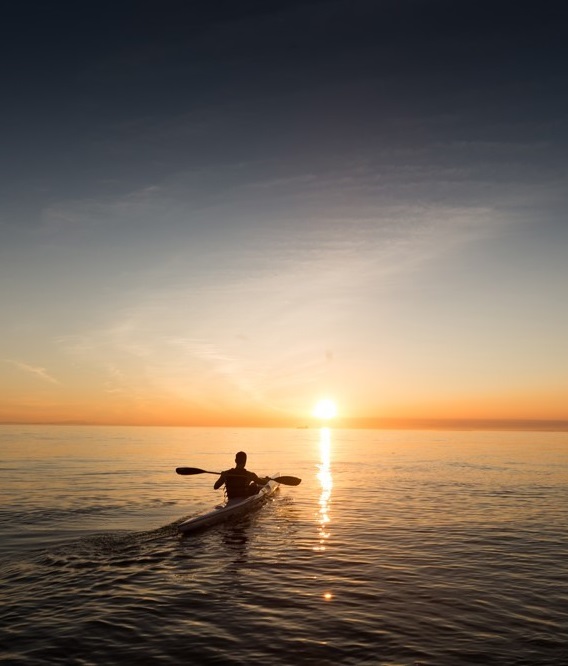
Shoulder Problem
Rastus loved his kayak, but paddling gave him a shoulder problem. However, that was being addressed by another therapist. He badgered me to work on it also, but I was reluctant. I can not know what the other therapist is doing. So, I was concerned about actually creating problems. Also, his wife paid for cranial work, not shoulder work. Rastus bugged me about this almost every week. This went on for a few months.
Not Seeing Results
At the time, I was not a fan of stretching. People would come in and ask me about stretches, usually for hamstrings. I gave them the stretches that I learned during sports massage training. Some people seemed to like doing them. Most people would do their stretches daily and get some relief.
When I checked their range of motion each week, it was about the same. I was not encouraged. When I stretched people and asked them to describe what they called “that good stretch feeling,” they always seemed to describe the trigger point referral pattern of the muscle that I was stretching. I could get longer-lasting results by releasing the trigger point (usually through joint work).
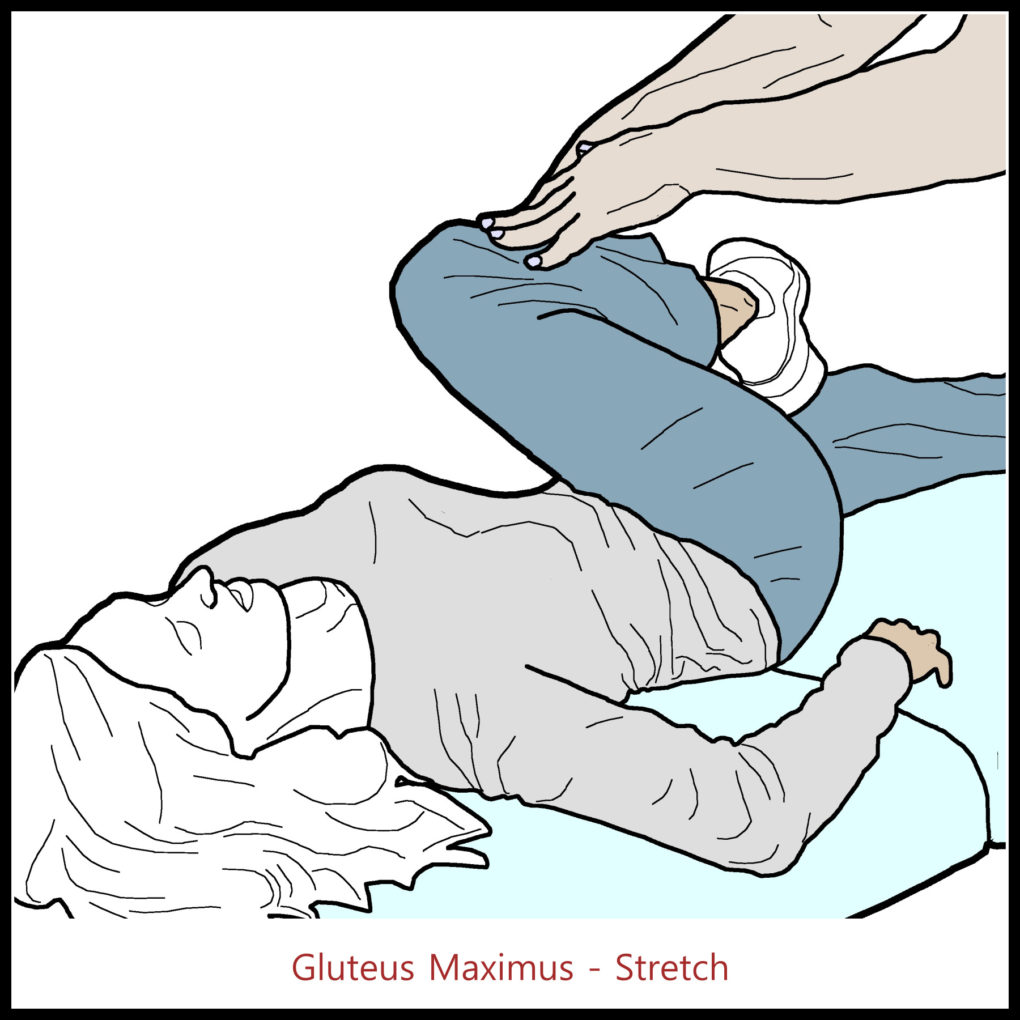
Rave Reviews of Mattes
I taught cranial seminars. Many of the other instructors and students raved about AIS. As a result, I had one of Aaron Mattes’ earliest books on my shelf. It was a thin blue book, folded and stapled in the middle, like an oversized pamphlet. I bought it at a massage school because one of the instructors spoke highly of it. Rastus, my client, liked stretching. So, one day, when he asked me about his shoulder, I took this book off the shelf and gave it to him. I told him that people raved about the work and that he should try it.
Like, WOW.
Rastus was dutiful and exceptionally good at self-care. His wife was a yoga instructor and massage therapist. And while she had never seen stretching like this, she helped him with his stretching. When he returned the next week, he said that the stretching was odd. He said he had tried many forms of stretching, but Active Isolated Stretching had unusual stretches, ones he had never seen. Mattes’ ideas about repetitions and hold time seemed very different. And yet, he said that his shoulder pain was gone.
AIS is a great technique by itself, but, in this case, I could see how the cranial work had helped speed up his results.
I Had to Check This Out
Shortly after that, I went to Florida for a week to learn more about craniostructural techniques and to spend some time with Aaron Mattes in his clinic. I have since been converted. Active Isolated Stretching is the most effective stretching I’ve ever seen. I took his courses, and I’ve practiced AIS since the late-90s. It contributes to the success that I have in my practice every day.
It’s not just my practice. Across the nation, AIS has grown in popularity over the last 20 years. It produces results. It has become a respected standard in rehabilitative therapies. Clients don’t just feel better. They change their range of motion and can get consistent results.
Even Better with Craniostructural
Hancock, who was friends with Mattes, experimented with craniostructural techniques at Mattes’ clinic. Hancock’s techniques were impressive at improving strength and flexibility. I have combined these therapies to make them even more effective. AIS gets faster and longer-lasting results in combination with craniostructural techniques.
Related Posts
Active Isolated Stretching is used extensively in my Self-Care posts. Most of the posts about a specific pain pattern or muscle will have stretches, exercise, and yoga.
Here is a list of posts about concepts, routines, and such that are not contained within a post about a specific pain pattern.
10 Keys to Better Stretching
How I became a fan of Active Isolated Stretching.
Self Care – Basics of Ice-and-Stretch
Self Care – Breathing Exercises to Reduce Shoulder Tension
Self Care – Calm Yourself In 3 minutes with Ice-and-Stretch
Self Care – Doorway Stretches for Chest Muscles
Self Care – Forward-Head Posture
Self Care – Headache Relief Through Ice And Stretch
Self Care – Kneeling Stretch for Hip Flexors
Self Care – Relief from Coughing
Self Care – Seated Stretches for Stiff, Swollen Hands
Self Care – The Box – Ice and Stretch for Your Neck
Self Care – TMJ stretch
Self Care – Tuck Tilt Turn Lift to Correct Forward-Head Posture
Self-Care Supine Twist
Stretching for scalene muscles
Yoga, “that good stretch feeling,” and trigger points
Support Integrative Works to
stay independent
and produce great content.
You can subscribe to our community on Patreon. You will get links to free content and access to exclusive content not seen on this site. In addition, we will be posting anatomy illustrations, treatment notes, and sections from our manuals not found on this site. Thank you so much for being so supportive.
Tony Preston has a practice in Atlanta, Georgia, where he sees clients. He has written materials and instructed classes since the mid-90s. This includes anatomy, trigger points, cranial, and neuromuscular.
Question? Comment? Typo?
integrativeworks@gmail.com
Follow us on Instagram

*This site is undergoing significant changes. We are reformatting and expanding the posts to make them easier to read. The result will also be more accessible and include more patterns with better self-care. Meanwhile, there may be formatting, content presentation, and readability inconsistencies. Until we get older posts updated, please excuse our mess.

